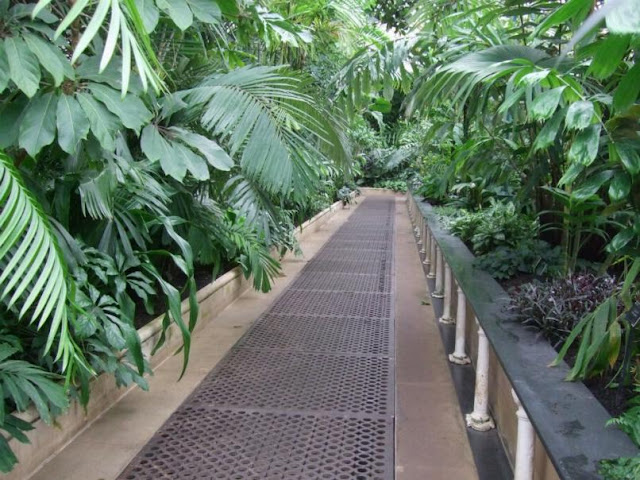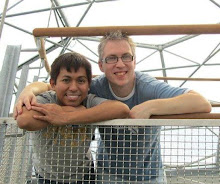Sunday, November 11, 2012
Mark and Gaz
Hmmmm...
It's strange how at this time of the year we only ever really see the garden properly and spend time in it during the weekend. It takes some time to get used to it, and we better do as it will be like this yet for many weeks ahead. But that is winter for you, more than just the cold, it has the inconvenience of extra long nights and much shorter days.
 |
| Any plant that flowers again, and at this time of the year too is certainly extra appreciated - Kniphofia thompsonii |
So you always hope that the weather behaves during the weekend. If it is rainy, then that's it, most likely you'll just have to do something else that involves less exposure to the elements.
And so that was Saturday (but that was fine, we had to do something else anyway). Sunday was much more well behaved, well actually better than well behaved as it was sunny and relatively warm for the time of the year. Perfect, at least I had the chance to do a bit of tidying up and take some photos of the garden too!
 |
| A peek into the window... |
We did spend most of the afternoon indoors though, in the koi filter house that is, trying to figure out the layout of the filters, pumps, and pipeworks. It's not an easy task I tell you, it took us all afternoon to figure out possible sensible placements, and I think by the end of the day we have figured out most of it.
It was a task on its own shifting these huge equipment into the filter house to start with. On the plus side we have gained some space back in our kitchen and dining room where these equipment lived for more than a year, yay! All we need to do now (sounding so simple yet in reality is complicated) is to connect them all up and the pond should be up and running soon.
 |
| The filtration puzzle has begun. |
So there you go, we have officially started solving the filtration puzzle, which is like a combination of piecing together a jigsaw puzzle, building a lego structure, and solving a rubix cube. A challenge yes, but fortunately not really that stressful.
 |
| Another one that is flowering again, and for the third time this year too - Celmisia hookeri |
 |
| Magnolia denudata 'McCracken's Variegated' is just about to start shedding its leaves |
 |
| But this Toona sinensis seems to only start changing colours now, mostly it is still lush and very green still |
 |
| Fatsia polycarpa about to flower, as it always does every autumn |
 |
| But this Schefflera kornasii is already in its full floral swing! |
 |
| A clump of Cotula hispida glistening with some morning dew |
 |
| And so are the Euphorbia stygiana leaves |
 |
| The Ricin to the right is still looking majestic, but it is on borrowed time (but we hope it will be a long one!) |
 |
| For those who like their bamboos bright, bendy, and stripey - Phyllostachys aureosulcata 'Argus' |
 |
| Our tallest Schefflera taiwaniana flowering as well |
 |
| And this Agave bracteosa is enjoying a lashing of some autumn sun |
Overall though, it was a fine, chilled out Sunday afternoon. It was nice to finally start sorting out the filtration of the pond project, but even nicer to see the garden again in daylight.
Mark :-)














 This gardening blog follows our journey as we create our Tropical and Exotic themed garden. We hope you'll enjoy the journey as much as we do. We started our Exotic Garden in 2005 and this site will show its development, as well as our travels, both abroad and within the UK to gardens, nurseries and friends.
This gardening blog follows our journey as we create our Tropical and Exotic themed garden. We hope you'll enjoy the journey as much as we do. We started our Exotic Garden in 2005 and this site will show its development, as well as our travels, both abroad and within the UK to gardens, nurseries and friends.











